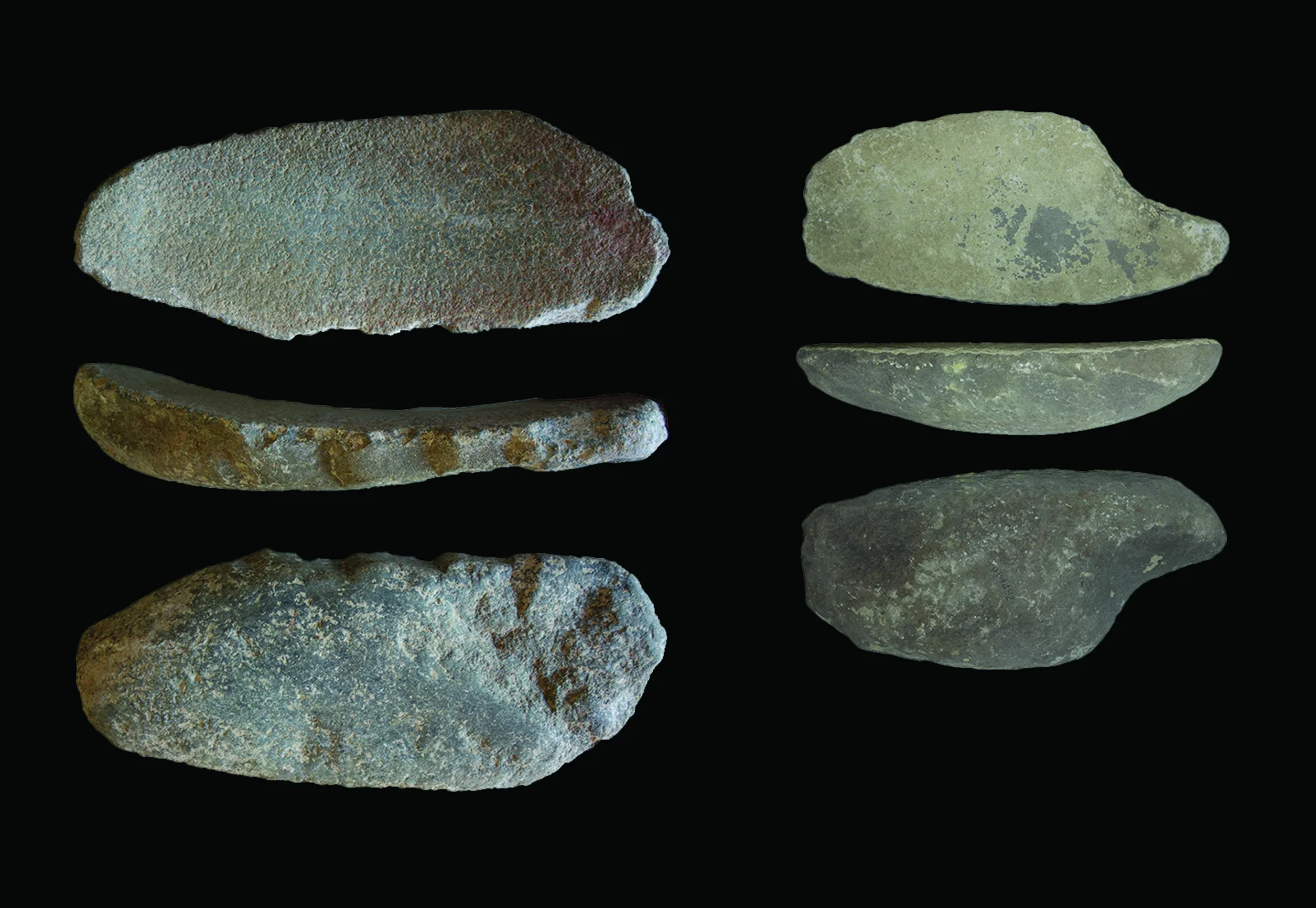Archaeologists excavating the site of Oued Beht in Morocco have uncovered a previously unknown farming culture from the Neolithic period.
According to a paper published in the journal Antiquity, the culture emerged around 3400 BC and is the largest agricultural complex discovered in Africa beyond the Nile.
The discovery was made in the Maghreb (north-west Africa), a region that borders the Sahara desert with a Mediterranean environment. The region’s significance during the Palaeolithic, Iron Age, and Islamic periods is well established, however, there remains a notable gap in the archaeological record for the Neolithic period.
“For more than a century, the last great unknown of later Mediterranean prehistory has been the role played by the societies of the Mediterranean’s southern African shores west of Egypt,” state the authors.
“Our discoveries prove that this gap has been due not to any lack of major prehistoric activity, but to the relative lack of investigation and publishing. Oued Beht now affirms the central role of the Maghreb in the emergence of both Mediterranean and wider African societies”.
Archaeological fieldwork points to the presence of a large-scale farming settlement with comparisons in size to Early Bronze Age Troy. Excavations unearthed storage pits and domesticated plant and animal remains, in addition to pottery and lithics.
Contemporaneous sites with similar pits have been found across the Strait of Gibraltar in Iberia. These pits have been found to contain ivory and Ostrich eggs imported from Africa, suggesting a strong connection with the Maghreb, which now appears to have been instrumental in shaping the western Mediterranean during the fourth and third millennia BC.
According to the study authors: “It is crucial to consider Oued Beht within a wider co-evolving and connective framework, embracing peoples both sides of the Mediterranean-Atlantic gateway during the later fourth and third millennia BC—and, for all the likelihood of movement in both directions, to recognise it as a distinctively African-based community that contributed substantially to the shaping of that social world.”
Header Image Credit : Antiquity
Sources : Antiquity | https://doi.org/10.15184/aqy.2024.101





